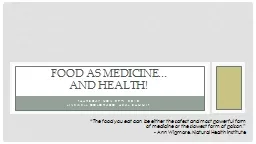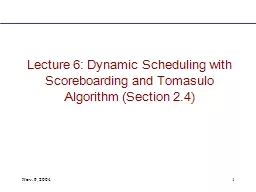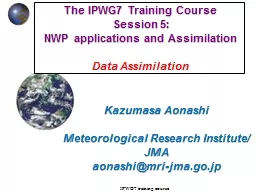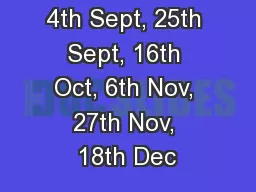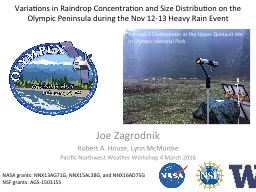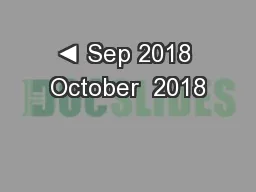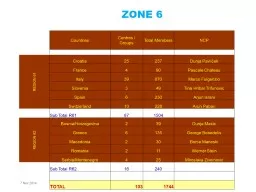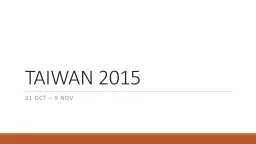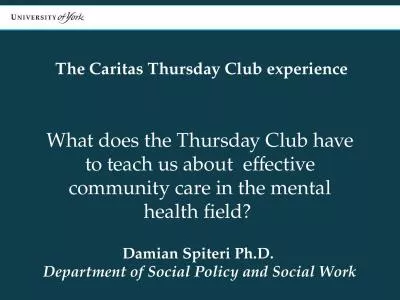PPT-Thursday Nov 29 th , 2018
Author : yoshiko-marsland | Published Date : 2019-12-16
Thursday Nov 29 th 2018 LiveWell Colorado HEAL Summit Food as medicine and health The food you eat can be either the safest and most powerful form of medicine
Presentation Embed Code
Download Presentation
Download Presentation The PPT/PDF document "Thursday Nov 29 th , 2018" is the property of its rightful owner. Permission is granted to download and print the materials on this website for personal, non-commercial use only, and to display it on your personal computer provided you do not modify the materials and that you retain all copyright notices contained in the materials. By downloading content from our website, you accept the terms of this agreement.
Thursday Nov 29 th , 2018: Transcript
Download Rules Of Document
"Thursday Nov 29 th , 2018"The content belongs to its owner. You may download and print it for personal use, without modification, and keep all copyright notices. By downloading, you agree to these terms.
Related Documents

